|
LISTEN TO THIS THE AFRICANA VOICE ARTICLE NOW
Getting your Trinity Audio player ready...
|
According to a 2022/2023 cancer status report by the National Cancer Institute of Kenya (NCIK), at least 42,000 new cancer cases are reported yearly. At the same time, 27,000 cancer patients die annually. This is the same as saying 75 cancer patients in Kenya die daily.
The National Cancer Institute of Kenya is a statutory body established under the Cancer Prevention and Control Act (No. 15 of 2012). It drives a Cancer Prevention and Care Spectrum that promotes public awareness about the causes, consequences, means of prevention, and cancer control.
The report shows that the high cost of medical treatment for cancer elbows most families in the country from seeking medical treatment.
“In Kenya, one chemotherapy session goes for KSh 37,000, of which the National Hospital Insurance Fund (NHIF) pays Ksh 22,000 and the patient pays the balance of Ksh 15,000 after every two weeks. This takes a toll on families, and they end up losing their loved ones to cancer,” the Standard newspaper quoted Dr. Githinji Gitahi, the NCIK chairman, saying on February 3.
DR Githinji said Kenya urgently needs a renewed commitment to cancer care and treatment. Failure to do it, the doctor warned, the country will be losing 150 cancer patients every day by 2040.
Currently, Kenya allocates only 0.5 percent of the national budget to fighting cancer.
“In Kenya, one chemotherapy session goes for KSh 37,000, of which the National Hospital Insurance Fund (NHIF) pays Ksh 22,000 and the patient pays the balance of Ksh 15,000 after every two weeks. This takes a toll on families, and they end up losing their loved ones to cancer,” Dr. Githinji Gitahi, Chairman National Cancer Institute of Kenya.
The 2022/2023 report documented 7,502 cancer cases between July 2021 and June 2022. Out of these cases, 6,778 were analyzed, where it was established that 42.6 percent were males and 57.4 percent in females.
Furthermore, the report says that breast cancer, with 15.9 percent, was the most common cancer reported. Cervical cancer came second with 13.3 percent, followed by esophagus cancer, with 11.8 percent. Prostate cancer was the fourth most registered cancer type, with 10.1 percent.
The ministry of health, via its official Twitter account, on Saturday, said: “Statistics show that most cancer cases in Kenya are diagnosed at late stages, leading to poor treatment outcomes and low survival rates.”
“However, the CS @susanwafula_cs said the launch of this center is poised to change this situation, with the Ministry of Health putting in place the necessary policy framework to ensure universal health coverage and access to quality care,” it went on to say.
Regular Screening is Important In Ensuring Early Detection of Cancer
Kenya’s Health Minister Susan Nakhumicha, on February 4, officially opening a cancer center at Garissa Referral Hospital, said the NHIF is committed to providing affordable and accessible healthcare for all Kenyans.
“As part of our efforts, we have included cancer treatments in our cover and are constantly looking for ways to improve access to quality cancer care for our members,” Nakhumicha said.
The new cancer center in Garissa brings to ten the total number of such centers in the country.
The minister said the new cancer center was aimed at addressing late diagnoses and poor treatment outcomes due to barriers such as cost, lack of equipment, and misinformation.
According to the 2022/2023 report, Bungoma, Vihiga, Homa Bay, and Trans Nzoia counties lead in cases of cancer in Kenya and Wajir, Mandera, Samburu, and Lamu counties have the least number of cancer cases.
The report also indicates that prostate, esophagus, stomach, and mouth cancers are the most common in men, with 24, 16, 9, and 7 percent of infections, respectively.
Meanwhile, in women, breast, cervix, esophagus, and colon cancers are the leading cancer types, with 26, 23, 9, and 6 percent prevalence, respectively.
Among children, Leukaemia, kidney cancer, brain cancer, and cancer of the lymph are the most prevalent types, with 15, 10, 11, and 10 percent prevalence, respectively.
Cancers of the esophagus, cervix, breast, and liver are the leading cancer killers in Kenya, with 16, 10, 9.6, and 9 percent prevalences, respectively.
According to NCIK, Cancer can start anywhere in the human body. The Institute also says that in Kenya, cancer is the 3rd leading cause of death after infectious and cardiovascular diseases.
However, its website says, “Up to 3.7 million lives could be saved each year through resource-appropriate strategies for prevention, early detection, and timely and quality treatment. Yet, at least one-third of cancers can be prevented. This is part of the justification to improve the face of health in our society by creating cancer awareness and early detection through screening and healthy lifestyle modifications towards a cancer-free society.”
Nakhumicha promised to make cancer treatment more accessible to Kenyans.
“We are going to establish a Chronic Disease Fund to help non-communicable diseases. This will also stop people from having to fundraise to fly overseas for treatment. We must stop that costly affair,” Nakhumicha told The Standard.




















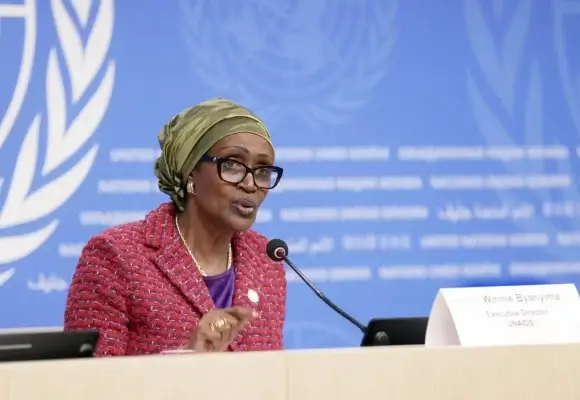
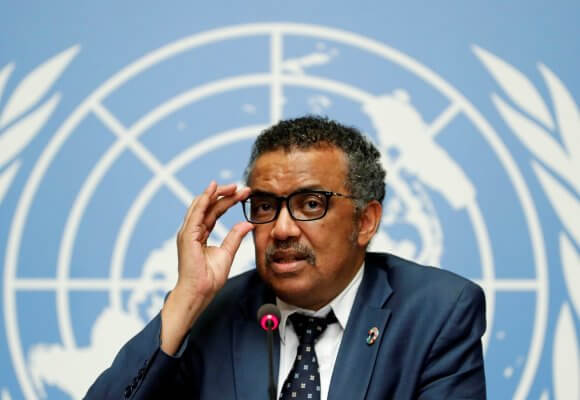
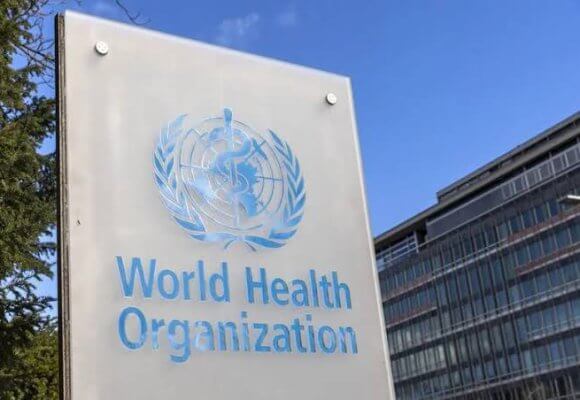
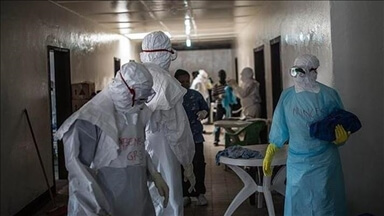
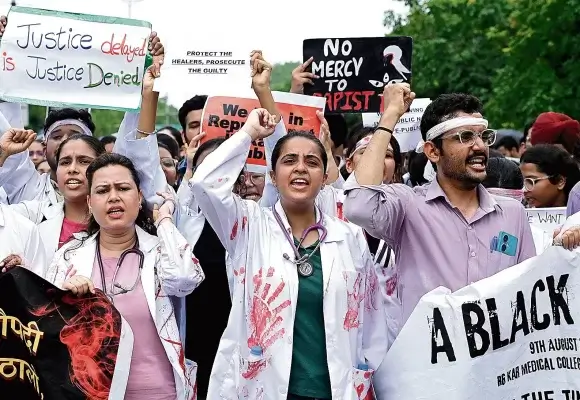

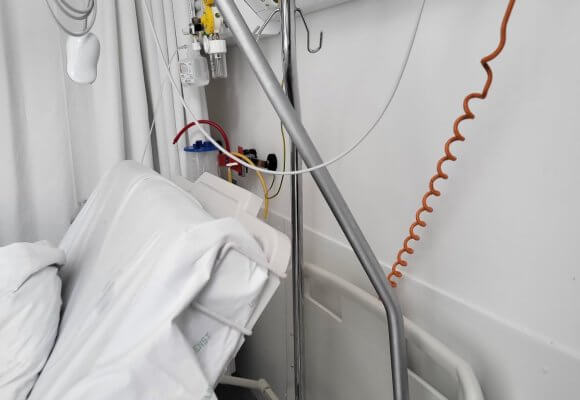


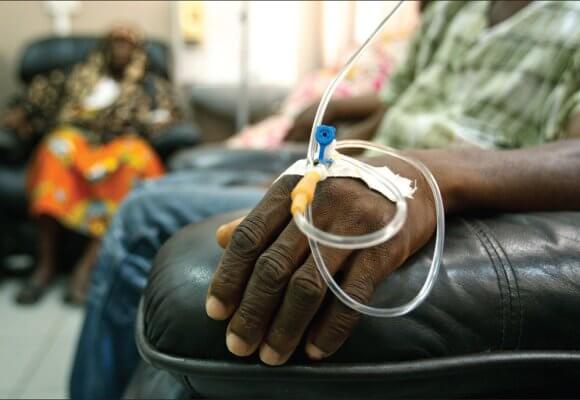
LEAVE A COMMENT
You must be logged in to post a comment.